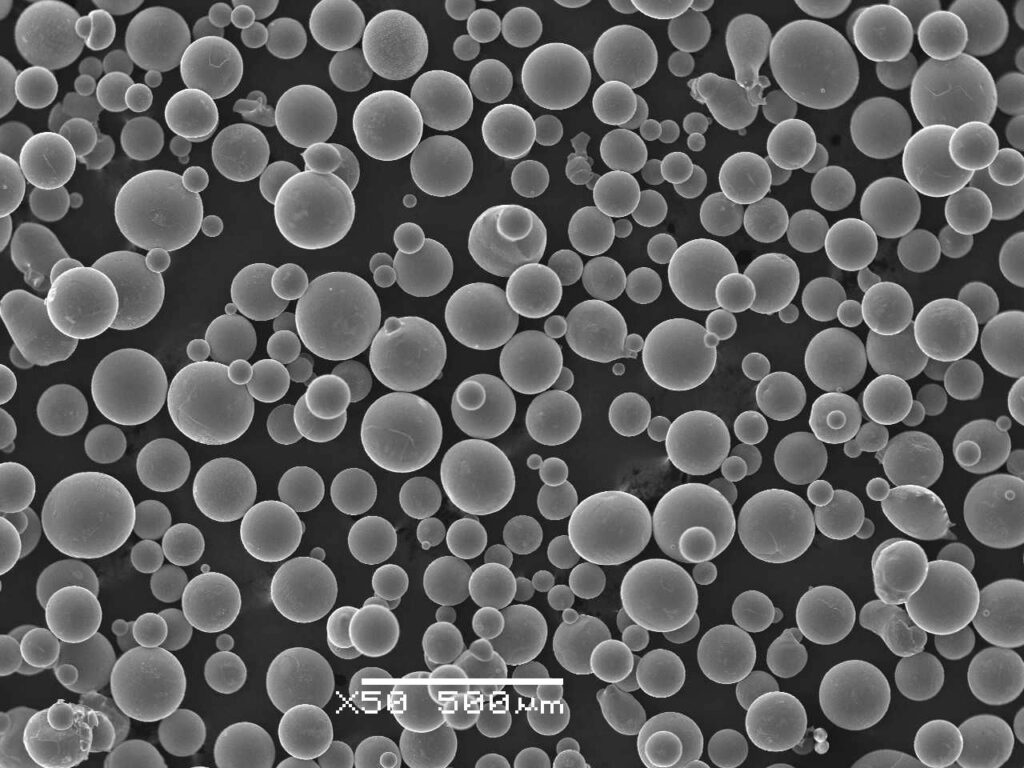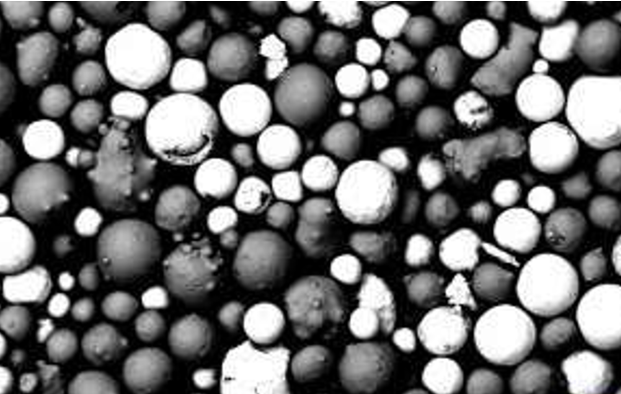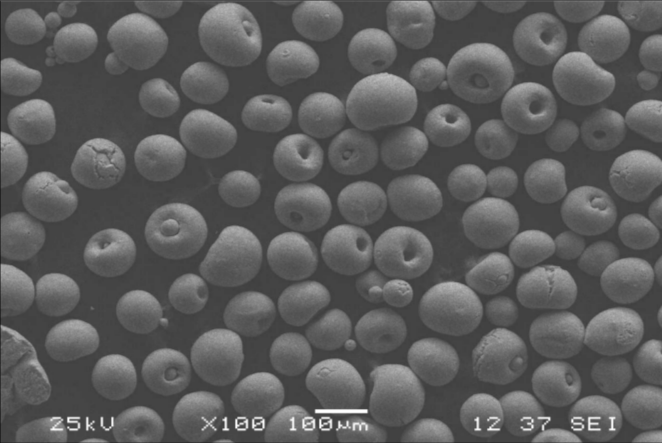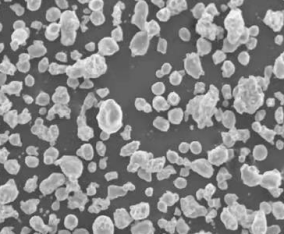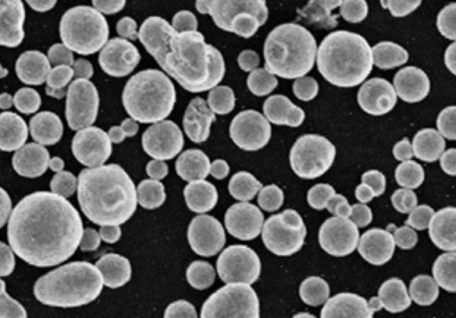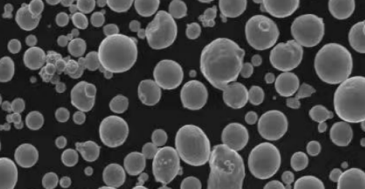Ultimate Guide to 316L Powder for Industrial Applications
1. Introduction to 316L Powder in Manufacturing 316L stainless steel powder is a low-carbon austenitic stainless steel alloy that is highly corrosion-resistant and ideal for use in demanding environments such as marine, medical, and food-grade applications. The “L” denotes its low carbon content, which enhances its weldability and service life in high-moisture or chemically aggressive […]
Ultimate Guide to 316L Powder for Industrial Applications Read More »

